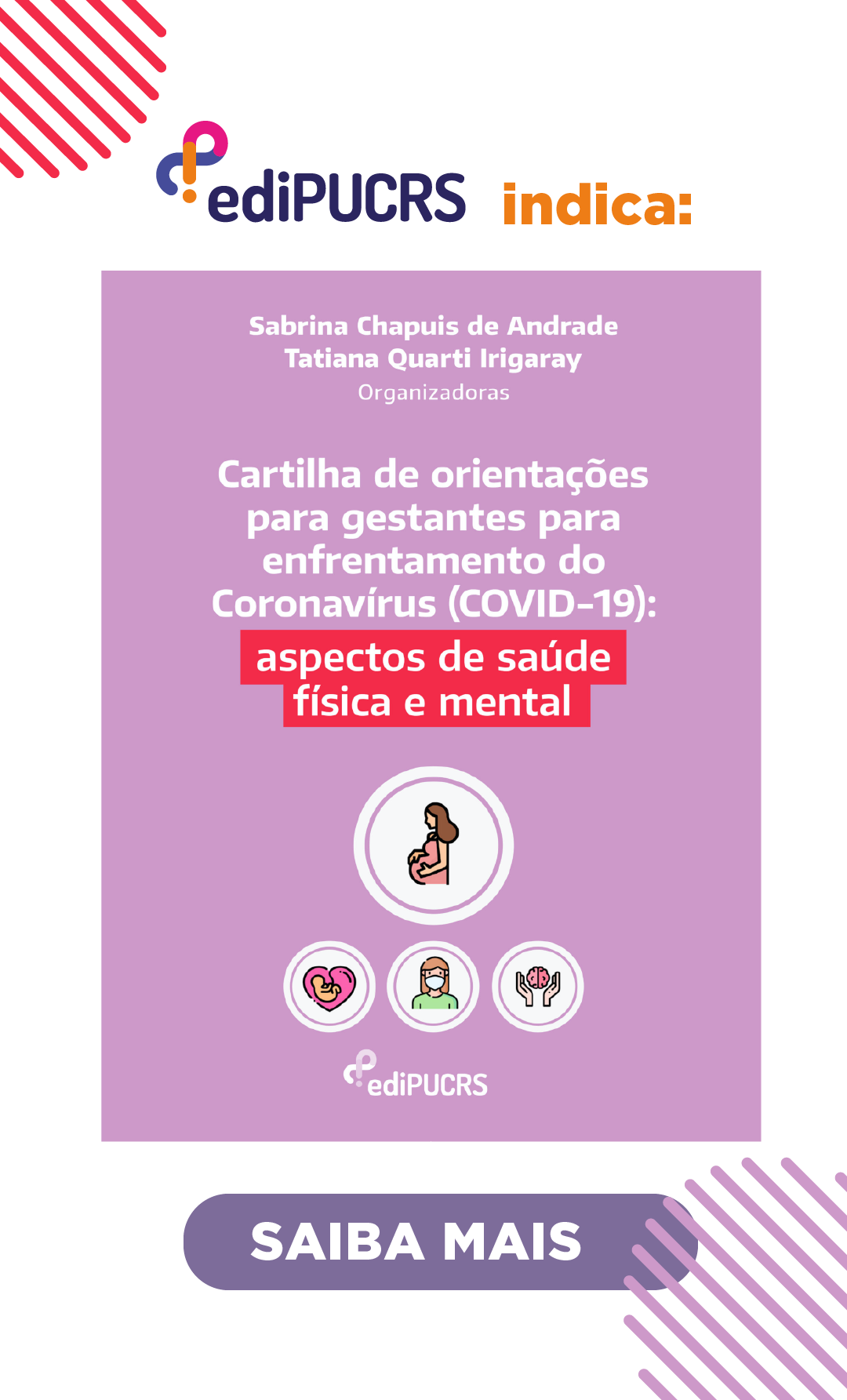Chordata method combined with electrotherapy in functional recovery after brachial plexus injury: report of three clinical cases
DOI:
https://doi.org/10.15448/1980-6108.2016.2.22425Palavras-chave:
neuropatias do plexo braquial, modalidades de fisioterapia, traumatismos dos nervos periféricos.Resumo
Método Chordata combinado com eletroterapia na recuperação funcional após lesão do plexo braquial: relato de três casos clínicos
Objetivos: Descrever três casos clínicos em que os indivíduos tiveram lesão de plexo braquial complexa, tratada com um programa inovador de fisioterapia, o Método Chordata, associado à eletroterapia.
Descrição dos casos: Três pacientes sofreram lesões complexas do plexo braquial. Os três sujeitos foram submetidos à intervenção cirúrgica e a um longo período de reabilitação com o emprego do método Chordata (envolvendo exercícios de suspensão e pendulação corporal), combinada com a eletroterapia. Todos os pacientes apresentaram sinais significativos de recuperação na eletroneuromiografia pós-tratamento. Além disso, os três também apresentaram melhora na força muscular e nas amplitudes de movimento do membro superior acometido. Observou-se melhor postura e ganhos importantes nas atividades de vida diária (tais como dirigir um carro modificado, segurar objetos, realizar tarefas domésticas e atividades de lazer).
Conclusões: Os resultados revelaram uma importante recuperação funcional após o programa de fisioterapia com o Método Chordata associado à eletroterapia, com impacto na vida diária dos pacientes, bem como nos achados eletroneuromiográficos. Ensaios clínicos randomizados são necessários para confirmar ou refutar esta nova estratégia terapêutica não farmacológica nas lesões de plexo braquial.
Downloads
Referências
Galanakos SP, Zoubos AB, Mourouzis I, Ignatiadis I, Bot AG, Soucacos PN. Prognostic scoring system for peripheral nerve repair in the upper extremity. Micros. 2013;33(2):105-11. http://dx.doi.org/10.1002/micr.22000
Scott KR, Ahmed A, Scott L, Kothari MJ. Rehabilitation of brachial plexus and peripheral nerve disorders. Hand clin neurol. 2013;110:499-514. http://dx.doi.org/10.1016/B978-0-444-52901-5.00042-3
Smania N, Berto G, La Marchina E, Melotti C, Midiri A, Roncari L, Zenorini A, Ianes P, Picelli A, Waldner A, Faccioli S, Gandolfi M. Rehabilitation of brachial plexus injuries in adults and children. Eur J Phys Rehab Med. 2012;48(3):483-506.
Limthongthang R, Bachoura A, Songcharoen P, Osterman AL. Adult brachial plexus injury: evaluation and management. Orthop Nor Am. 2013;44(4):591-603. http://dx.doi.org/10.1016/j.ocl.2013.06.011
Midha R. Epidemiology of brachial plexus injuries in a multitrauma population. Neurosur. 1997;40(6):1182-8. http://dx.doi.org/10.1097/00006123-199706000-00014
Rosen B, Lundborg G, Dahlin LB, Holmberg J, Karlson B. Nerve repair: correlation of restitution of functional sensibility with specific cognitive capacities. J Hand Sur. 1994;19(4):452-8. http://dx.doi.org/10.1016/0266-7681(94)90209-7
Kretschmer T, Ihle S, Antoniadis G, Seidel JA, Heinen C, Borm W, et al. Patient satisfaction and disability after brachial plexus surgery. Neurosur. 2009;65(4 Suppl):A189-96. http://dx.doi.org/10.1227/01.NEU.0000335646.31980.33
Aszmann OC, Roche AD, Salminger S, Paternostro-Sluga T, Herceg M, Sturma A, Hofer C, Farina D. Bionic reconstruction to restore hand function after brachial plexus injury: a case series of three patients. Lancet. 2015;385(9983):2183-9. http://dx.doi.org/10.1016/S0140-6736(14)61776-1
Deschenes MR, Maresh CM, Crivello JF, Armstrong LE, Kraemer WJ, Covault J. The effects of exercise training of different intensities on neuromuscular junction morphology. J Neuroc. 1993;22(8):603-15. http://dx.doi.org/10.1007/BF01181487
Klimaschewski L, Hausott B, Angelov DN. The pros and cons of growth factors and cytokines in peripheral axon regeneration. Inter Ver Neur. 2013;108:137-71. http://dx.doi.org/10.1016/b978-0-12-410499-0.00006-x
Allodi I, Udina E, Navarro X. Specificity of peripheral nerve regeneration: interactions at the axon level. Prog Neur. 2012;98(1):16-37. http://dx.doi.org/10.1016/j.pneurobio.2012.05.005
Okafor UA, Akinbo SR, Sokunbi OG, Okanlawon AO, Noronha CC. Comparison of electrical stimulation and conventional physiotherapy in functional rehabilitation in Erb's palsy. Nig J Hosp Med. 2008;18(4):202-5.
Merzenich MM, Jenkins WM. Reorganization of cortical representations of the hand following alterations of skin inputs induced by nerve injury, skin island transfers, and experience. J Hand Ther. 1993;6(2):89-104. http://dx.doi.org/10.1016/S0894-1130(12)80290-0









